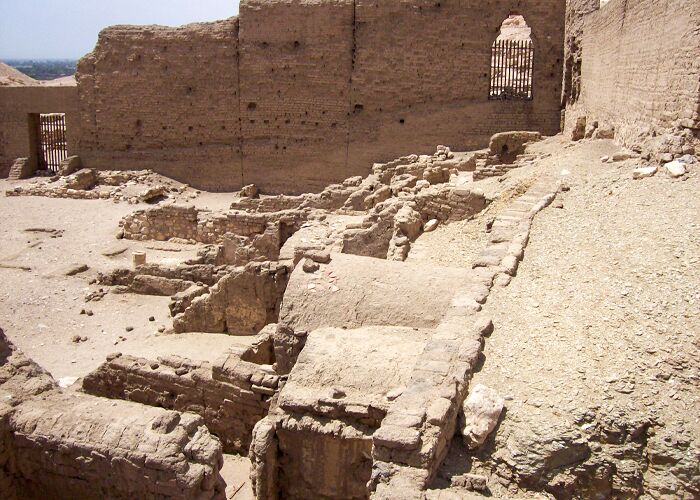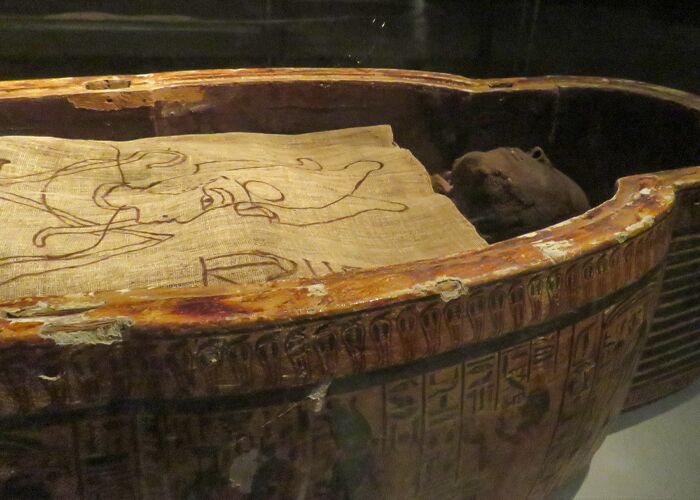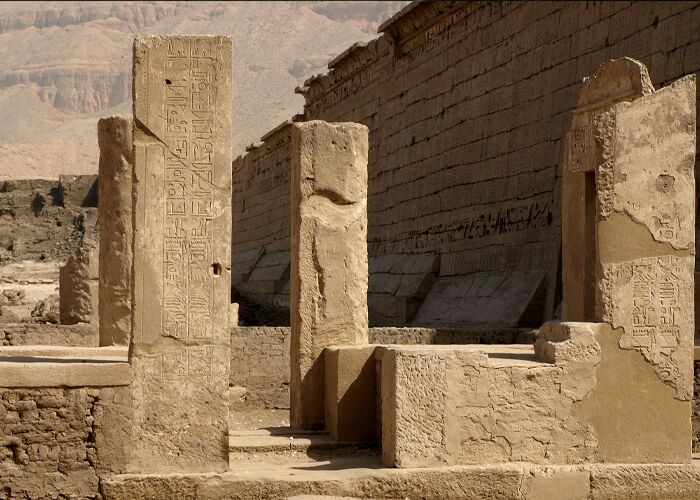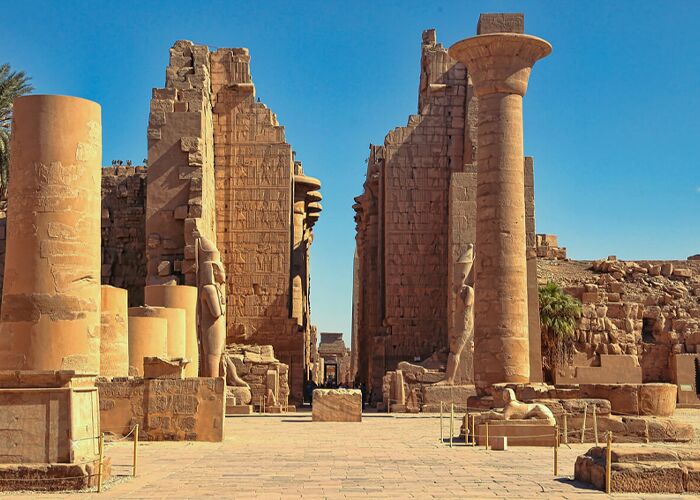the Luxor Temple remains the most renowned of them all and as is the case with any relic from the Egyptian Pharaonic Era, there are a slew of issues surrounding it, such as who constructed the Luxor Temple
Egypt’s Luxor Temple is a must-see.
What the Luxor Temple was used for, who constructed it, and how it was discovered are all mysteries that must be addressed.
All of Egypt’s mysteries, wonderful food, friendly local hospitality, mesmerizing towns and artifacts of the vast civilisation of the ancient Egyptians combine to produce a unique experience for visitors.
Few sites on the earth can compare the splendor of Egypt’s charming Luxor and its numerous historical monuments, including the Temple of Karnak and, last but definitely not least, the Luxor Temple. Even though there are various things to see and do in Luxor, the Luxor Temple remains the most recognized of them all.
There are many questions about the construction of the Luxor Temple and the discovery of it, as there are with every artifact from the Egyptian Pharaonic Era.
Today, we’ll do our best to provide you the information you’re looking for, as well as a new reason to visit Luxor, Egypt.
Where is the Luxor Temple situated in Egypt?
Located on the eastern bank of the Nile, Luxury, Egypt’s Temple Complex is a three-hour drive east of Hurghada and a one-hour flight east of Aswan.
It may be reached by car from anywhere in Egypt.
The ancient Egyptians referred to this temple as “pet rest,” which translates to “The Southern Sanctuary,” and it is one among the numerous temples and historical constructions that line the banks of the Nile.
However, the Luxor Temple stands apart from its contemporaries because it is not dedicated to any one god or religion, but rather to the ongoing renewal of royalty in Egypt’s past and present.
Who was responsible for the building and discovery of the Luxor Temple?
Archeological evidence points to Amenhotep III of the 18th dynasty, Tutankhamun, and Ramses the Second as the architects of this colossal temple, which was built about 1400 BCE.
The building’s sandstone came from Egypt’s southern-western Gebel el-Silsila Area, which is known as Nubian Sandstone in Egypt.
Like the Sphinx, the Luxor Temple uses the same symbolism and illusionism to convey its message.
With the two Obelisks on each side of the entrance, perspective distortion is used to make them seem to be equal in height, despite the fact that they are not.
The massive temple is 850 feet in length and 213 feet in width at its widest point.
This courtyard, built by Ramses the second and utilized as a chapel during the Roman rule, is accessible via the main entrance.
The first unauthorized finding could be ascribed to the villagers who lived in and around the temple at the time of its discovery.
However, Gaston Maspero was given permission to commence excavations in the Luxor Temple in 1884, which he did.
The excavations were conducted up periodically until 1960.
Most recently, the Maspero Foundation has been awarded the authority essential for fund-raising to negotiate compensation for the locally inhabited sections of land.
Is there a reason why the Temple was built?
Since we’ve already established, this temple wasn’t built for a single Egyptian deity, but rather a group of them.
Nevertheless, this monument was dedicated to the rebirth cult of the Theban Triad of the Royal Ka.
As part of the Opet Festival, which saw a statue of Amun marched across the Nile from Karnak Temple to the Valley of the Kings, this temple functioned as a focal point.
One of the most essential parts of the Temple to see was Shrine Stations. A line of Nekhtanebo Sphinxes with human heads stands between Luxor and Karnak Temples. ‘
As if that wasn’t enough, the temple is said to have been a place where Egyptian monarchs were crowned, with the Kamare station, which cooled the oar of Amun, being one of the most important.
The temple is a masterpiece of the Pharaonic era because of its position, which is surrounded by a legionary fortification and served as the Roman government’s headquarters for the majority of its existence.
Luxor is the crowning accomplishment of Luxor’s tourist attractions and activities, with its various attractions, nice weather, and a profusion of ancient structures, including the Luxor Temple.





